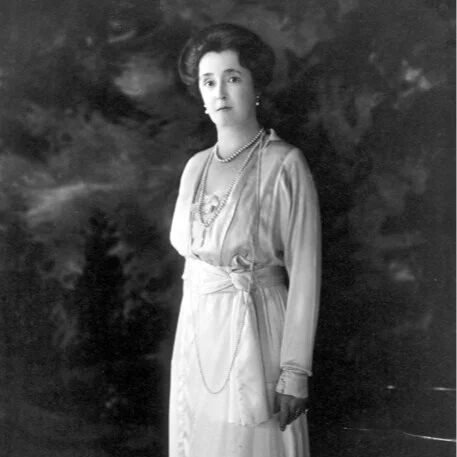The Theaters of Goetz: 1924 Grand Opera House in Eau Claire and Palace Theater of Chippewa Falls
When Leon Goetz divested from his Monroe, WI theater and recreation holdings, the brothers embarked on a period of growth— remarkable growth— buying and operating theaters in the corridor between Janesville and Milwaukee. I don’t think this growth would have been possible without investment partnerships and the Community Theaters Company of Milwaukee was such a partner in ventures like the Platteville mystery and the Crystal in Watertown.
A new dimension on this Goetz/Community Theaters partnership came to my attention through this article from the Eau Claire Leader-Telegram, January 8th 1924. It appears that Leon was actually employed by William Pabst’s company as a promotion manager:
Eau Claire Leader-Telegraph, January 3rd, 1924.
The information above fills a gap in the history provided by cinematreasures.org, one of my favorite sites covering bygone movie theaters, which says this about Grand Opera House ownership:
“The 1,202-seat Grand Opera House did legitimate live fare but was also where Eau Claire first saw moving pictures. It opened in 1883 and in 1897, the Edison Vitascope projected short novelty films. Ten years later, “full length” features augmented the Grand’s offerings. As touring road shows decreased, movies at the Grand Opera House increased and the Grand Opera House was run by United Pictures in 1923.
When United Pictures dropped the theatre – which was ill equipped for motion pictures, the Grand Opera House was picked up by the F&R Theatre Circuit, the Minneapolis chain that now controlled the Eau Claire movie marketplace. This proved to be a mixed blessing. F&R built the Wisconsin Theatre leaving the Grand Opera House mostly dark from 1925-1930 though running second run movies in the non-summer months. Because of the Depression in 1930, it was over for the Grand Opera House and it was demolished.”
We can say that between United Pictures ‘dropping’ the theater and F&R Theatre Circuit’s ownership, the Community Theaters Company of Milwaukee managed the Grand Opera House through their local representative Leon Goetz.
The Grand Opera House in Chippewa Falls, WI. Courtesy of cinematreasures.org.
Leon set up a holding company to represent both his and William Pabst’s interests, as reported on February 5th, 1924:
Eau Claire Leader-Telegraph, February 5th 1924.
United Theaters, the holding company, was staffed by Leon and his brother Chester, another Monroe man named I. M. Stauffacher, along with P. M. Beach and C. D. Moon. Interestingly, the board chose not to play movies solely, but offer the old-fashioned live Vaudeville acts, which probably speaks to the design problems mentioned by cinematreasures. Note that Chester was tasked with the actual work of managing this new acquisition. Things must not have gone well for F&R to have bought the establishment in 1925 only to “keep it dark'“ for half a decade. Movie concerns out of Minnesota were very powerful at this time and competed vigorously in the Milwaukee marketplace, as well as in other WI areas.
The second theater covered in this post, the Palace in Chippewa Falls really was the ‘hole-in-the-wall’ type of establishment you’d expect from the lower-budget end of the early movie industry. Having said that, it’s a bit of an architectural gem for those interested Midwest American history. I’ve found a few photographs of the Palace theater’s facade courtesy of the Wisconsin Historical Society:
Palace Theater site in Chippewa Falls, courtesy of Wisconsin Historical Society.
Alternative view of Palace Theater building, Chippewa Falls. Wisconsin Historical Society.
Modern photograph with original windows exposed. These would have been a lighting nuisance during the property’s theater days. WHS.
The modern picture shows a brick facade typical of the later-developed Wisconsin ‘railway’ towns; Chippewa Falls flourished after politician Thaddeus Pound founded the Health Club in 1887 (one year after this shopfront was built), which capitalized on the local natural spring. (Thaddeus was the grandfather of the poet Ezra Pound.)
The Palace in Chippewa Falls isn’t the type of place that will turn movie historians’ heads, and from what I can tell it is another of the establishments that has been lost to theater aficionados. The Palace was located on 107 N Bridge Street and served as both a crockery shop and the Skogmo Cafe at one time.
As readers can see, this sort of theater was on quite a different scale to what Community Theaters was used to in the Milwaukee market.












